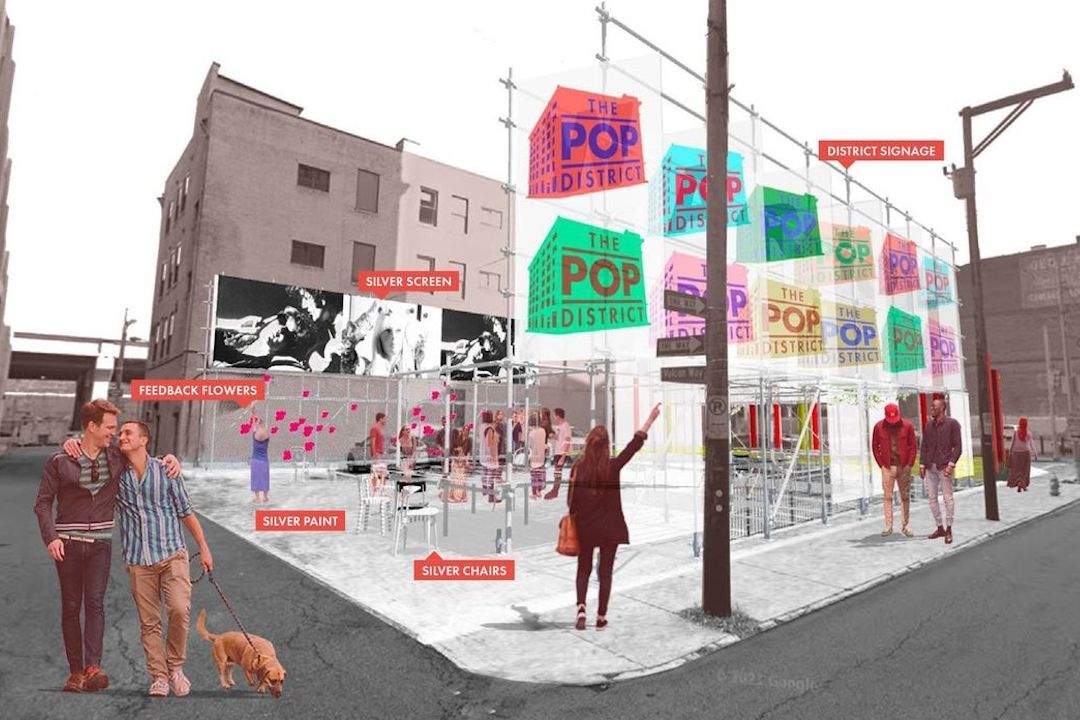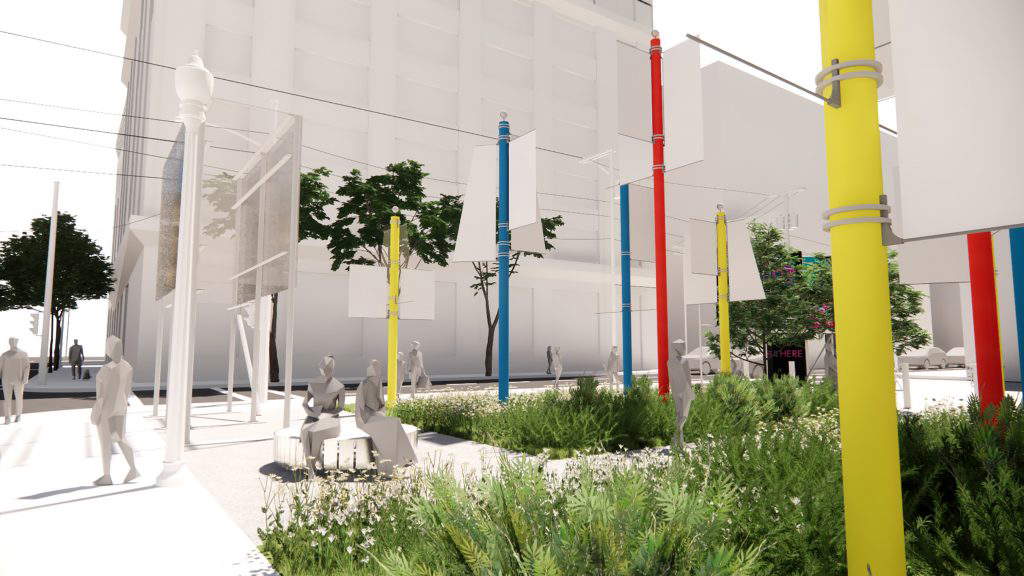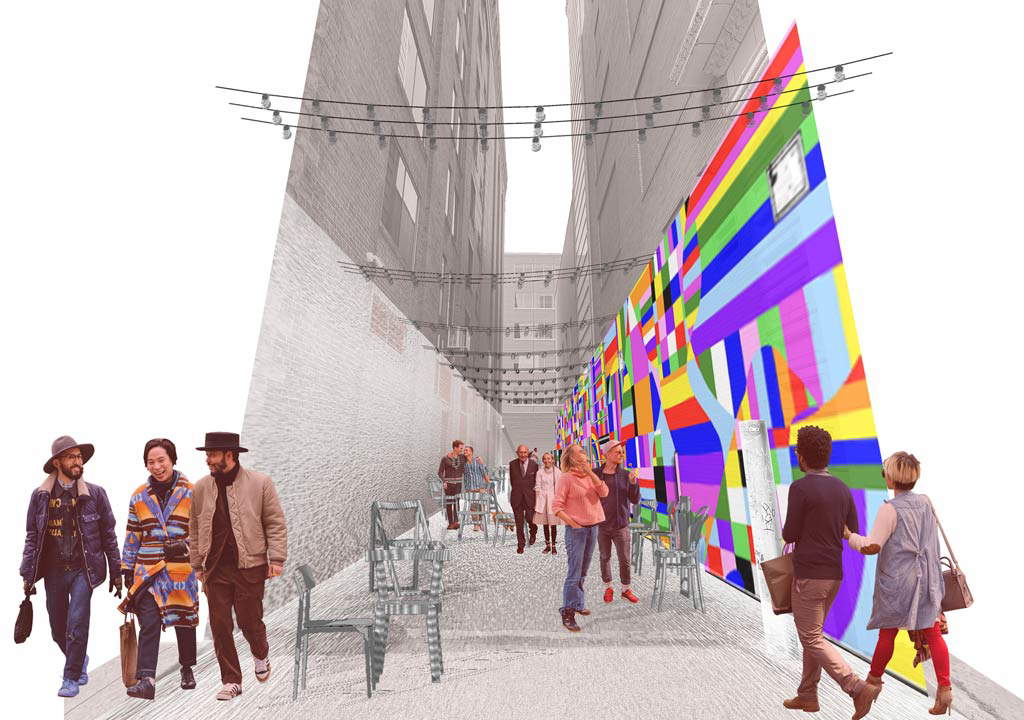In Pittsburgh, hometown of Andy Warhol (Pittsburgh, 1928 - New York, 1987), an entire district dedicated to Warhol and Pop Art, The Pop District, is about to be born, thanks to a cultural development project launched by theAndy Warhol Museum. The purpose of The Pop District is closely aligned with the Carnegie Museums of Pittsburgh’s goal of “turning museums upside down,” thereby creating institutions that are more welcoming and relevant to the real needs of the community. The transformation, made possible with a $60 million investment, $25 of which is coming from the two lead donors, the Richard King Mellon Foundation and the Henry L. Hillman Foundation (but discussions with a number of other potential funders are ongoing), will transform a six-block section of the neighborhood where the museum is located, on Pittsburgh’s North Shore, into a center for culture, creativity and cultural tourism. The project aims to use the power of public art, digital media production, live music and performance to create a new destination in the city where Andy Warhol was born.
Based on research conducted by the consulting firm Chora Creative, which assisted in a two-year planning process for The Pop District, the Warhol Museum anticipates that the economic and quantitative impact of the district will include more than $100 million in annual economic activity and 50,000-70,000 new visitors to Pittsburgh’s North Shore each year and a new model of how a museum can positively impact its community. Implementation of the project will be in two phases and will last 10 years. Phase one (through 2024) includes the development of new educational programs outside the museum, a public art component (activated in May with a public mural titled Over The Rainbow by artist Typoe and an outdoor installation by artist Michael Loveland titled Social Sculpture), and innovative partnerships and real estate investments. Additional public art installations by two Pittsburgh artists are also underway and are scheduled for completion this summer. Phase two (beginning in 2024) will include additional fundraising as part of a capital campaign through the entire Carnegie Museums of Pittsburgh institution, consisting of four museums including the Warhol Museum. Phase two will also include the construction of a new live performance venue for concerts, performances, events and community space.
According to the museum, the Pop District’s intersection of art and economy will result in positive artistic, social and economic impacts for the region and the local North Shore community. In fact, the program’s goals include the creation of $1 million in annual income for creative talent and the creation of 25-30 annual full-time and part-time jobs, as well as 50-75 annual on-call and internship opportunities. In addition, The Pop District will feature community spaces and public programs accessible to the local community, including new green spaces and revitalized alleys. There will also be opportunities for local and national artists to be involved in programming and artistic interventions throughout The Pop District and its programming. The Warhol Museum continues to actively seek local and national business partners to engage with programmatic or financial support. In addition, The Pop District is open to attracting new business investment, with a particular focus on restaurants, cafes, and creative enterprises in a mix of technology, design, and media.



“The Pop District,” explains Steven Knapp, president and CEO of the Carnegie Museums of Pittsburgh, of which The Warhol Museum is a part, “will demonstrate the role museums can and should play in their communities by serving as centers of innovation and catalysts for economic development. This new district on the North Shore will also complement and amplify the vital role of Pittsburgh’s Cultural District, to which it is directly connected by the Andy Warhol Bridge.”
“The Warhol Museum team’s innovative strategy,” says Sam Reiman, Director of the Richard King Mellon Foundatio, “will make Pittsburgh a national leader in creating new cultural models for American cities. The Pop District will effectively complement our beloved Cultural District across the river and create a powerful engine for contemporary economic development and a magnet for attracting and retaining young creative talent. The goal of this project is to ensure that the next Andy Warhol does not have to leave Pittsburgh to become Andy Warhol.”
“The Warhol Museum knows that art can change lives and art can change cities,” said David K. Roger, president of the Henry L. Hillman Foundation. “With The Pop District, that change is coming by taking arts programming and workforce training outside the museum walls to create a six-block cultural destination on the North Shore. This is an exceptional opportunity for Pittsburgh’s growing creative economy and further underscores the Warhol Museum’s reputation as a global leader in artistic innovation.”
More details about The Pop District, including its programming and real estate developments, will be announced in the coming months.
 |
| In Pittsburgh, Andy Warhol's hometown, a Pop Art district will be born. |
Warning: the translation into English of the original Italian article was created using automatic tools. We undertake to review all articles, but we do not guarantee the total absence of inaccuracies in the translation due to the program. You can find the original by clicking on the ITA button. If you find any mistake,please contact us.